Heritage
Italian American Families Drive Me Crazy?
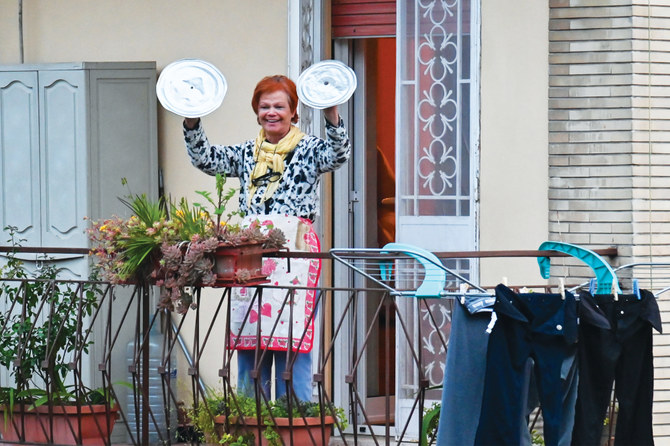
So I had to put this here. It was written by my friend John for school. He is an Irish American:
What is it about Italian American families which drive us crazy? And why do we love them just as much?
Do you know that most Americans are as Italian as the Italians themselves? We have set up invisible barriers between their communities and ours, but their ways and their culture are very much part and parcel of Americal history, norms, and even cuisine.
Do you know why we’re called Americans? This is because of Amerigo Vespucci, who navigated the east coast of South America from 1499 to 1502. And who wouldn’t know another Italian explorer, Christopher Columbus, who is always in school history subjects? He was able to reach the shores of the Americas in 1492.
Italians from the first generation up to the present generation, go back and forth between passionate romanticism and stubborn pragmatism. The process of assimilation into American society is a difficult but satisfying identity actualization process. There is an internal struggle in them to spring out their mostly extroverted Italianness into the stiff ethics conscious American soap opera.
Integration into the mainstream doesn’t mean a melting pot wherein all immigrants are ingredients in a homogenous American apple pie. This type of assimilation of Italians is that they have adjusted, in the process sometimes forgetting their mother tongue and mixing in with peers with different ancestry and values. But they held on to other aspects of their culture like the family intactness, cuisine, Roman Catholicism, religious holidays and other traditions from Italy.
We see a lot of older Italian Americans kissing on both cheeks each other and even the forehead of their young, smirking, and frowning relatives gets a passionate smooch. These Guido youth, who have immersed themselves in the contemporary high fives and simple Hey Hi when greeting people just sigh and give in to the senior members.
We have seen that the success of Italian Americans rests on two pillars, work, and family. If they are so good with a craft, they become obsessed and passionate about making it perfect. And the paradox on their respect for seniors is that most Italian Americans have a sputtering distrust for politicians and the Roman Catholic officialdom. Even though a lot of their kin have attained success in politics and even one of them had an airport in New York named after him (La Guardia Airport).
And this endearment to the immediate family has made many Italian immigrants forget to work on their American citizenship until the time when they have to be naturalized as citizens immediately to be able to fight for the USA in World War II. Half a million Italian Americans fought for Roosevelt’s America. And a typical American platoon isn’t complete with an Italian American corporal from the Bronx.
In the corporate world, an Italian surname would downgrade your job application to the least priority due to the negative implications of movies depicting the Italian Mafia and the admission of gangsters like Joe Valachi, that yes, the Mafia exists. But there still persists those Italian Americans who shone brightest in the corporate world, like Bank of America founder A.P. Giannini.
We have also seen Italian American recipes rise up in the international food scene, in the Michelin high class, the neighborhood diner category, or even in street food smarts. We have seen how the sacred pizza which is originally bland and plain in the motherland but was creatively reinvented in the USA by immigrants to be much larger and flavorful. And the ingredients became even more varied and multifaceted and cater to both robust junk food appetites and healthy organic living. Carnivorous and vegan.
The evolution of the Italian American genes has developed into a new kind of “whiteness”. He looks kind of Caucasian, but because the race developed in the Mediterranean, he got a lot of tan, developed darker skin and hair. The looks are a merging of the whiteness of the West and the dark brooding looks of the Mediterranean native and the nearby North African and Middle Eastern race. Very unique. Both sweet and volatile. And very passionate and spontaneous, even when just conversing. Amore Mio…Amore Mio…plus the constant flailing and cupping of the hands upwards while explaining a point. That’s the beauty of the Italian American.
Italian Americans have left their imprint so much on American culture, so much so that Italian American actors Robert De Niro and Al Pacino have become even international icons who have made famous unique Italian American culture and quirks all over the world. De Niro has Italian blood but has multi-ethnicity but Pacino is pure Italian. Actor Marlon Brando, who has no trace of Italian blood, is even thought of by millions of people as “very” Italian because of his convincing portrayals onscreen.
These colorful immigrants even inspired an engaging documentary aptly called The Italian Americans, which was first aired on PBS a couple of years ago. It follows the migration of a large southern Italian descent population. It also browses the success stories from amongst them. Fiorello La Guardia, Mario Cuomo (politics), Frank Sinatra, Rudolph Valentino (performing arts), Bank of America founder A. P. Giannini, Chef Boyardee (famous canned pasta products started by Italian immigrant Hector Boiardi) and also the infamous notoriety of Vanzetti, Sacco and Joe Valachi,
Famous Writer Gay Talese did his growing up as an Italian American in the 40s in South New Jersey. He helped sculpt contemporary journalism. His most famous articles in Esquire magazine are on fellow Italian Americans Joe DiMaggio and Frank Sinatra. His style is a pioneering example of New Journalism and Creative Nonfiction.
His home state New Jersey, together with New York, makes up the largest concentration of people with Italian descent. Rhode Island and Connecticut are the states with the largest percentage of Italian Americans in relation to population.
Each state has its own Italian American preservation society like the Colorado Italian American Preservation Association or CIAPA.
Their commitment is to preserve the legacy of the Italian immigrants who made Colorado their home. They brought their skills to the Americas and worked first on the railroads, mining, and agriculture. As they became well entrenched, they became butchers, established Italian restaurants, and even newspapers like Il Corriere di Trinidad at the beginning of the 19th century by Giuseppe Maio.
Italian Americans. Love them or hate them. But you eat their pizza and their pasta. And you love talking and laughing with your noisy Italian friend who has thick eyebrows and owns the wine shop at the corner. Ahem.
-
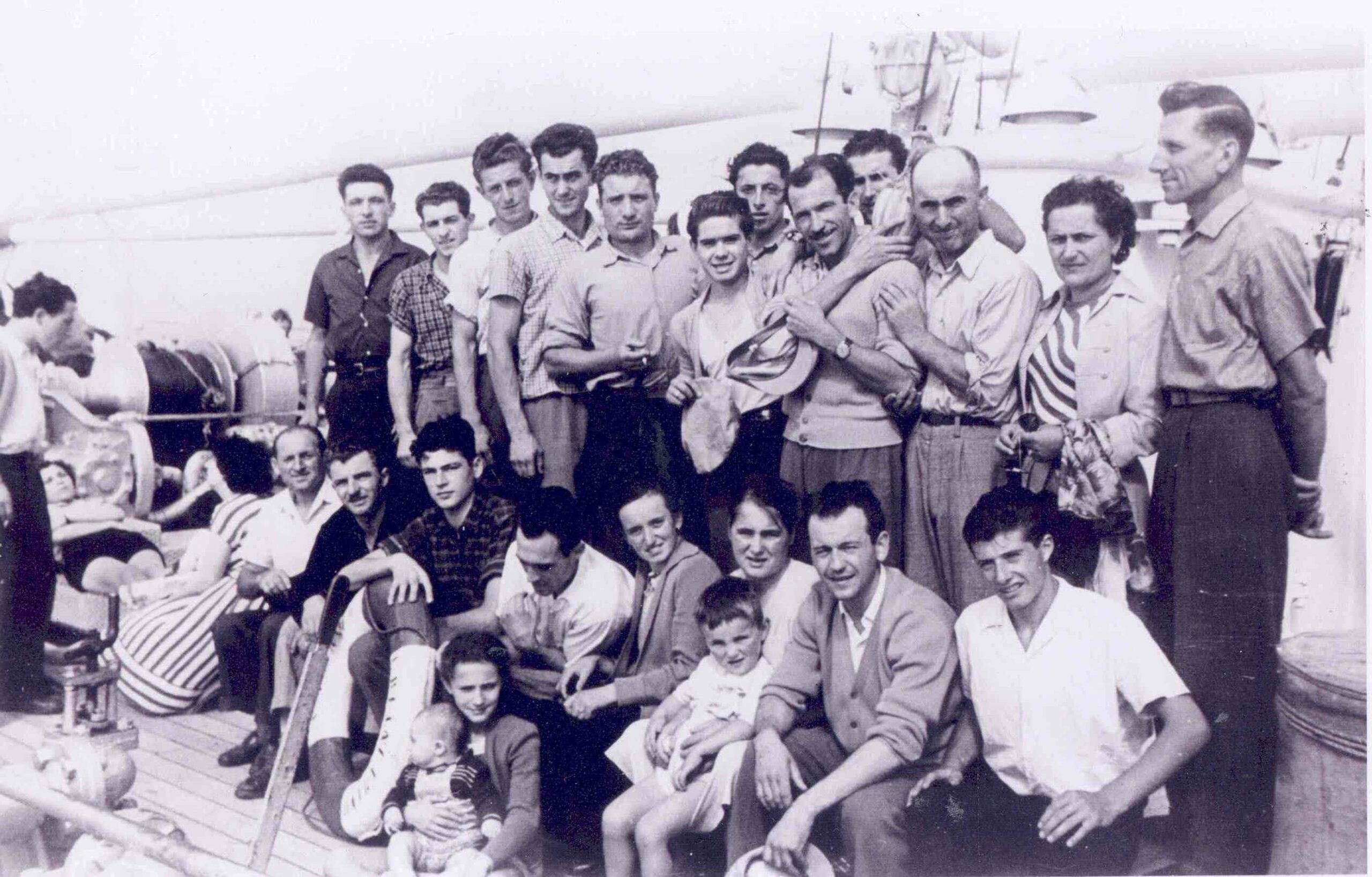
 Heritage4 years ago
Heritage4 years agoA Rough Beginning For Italians in America
-

 Heritage4 years ago
Heritage4 years agoWhat it truly means to be Italian
-
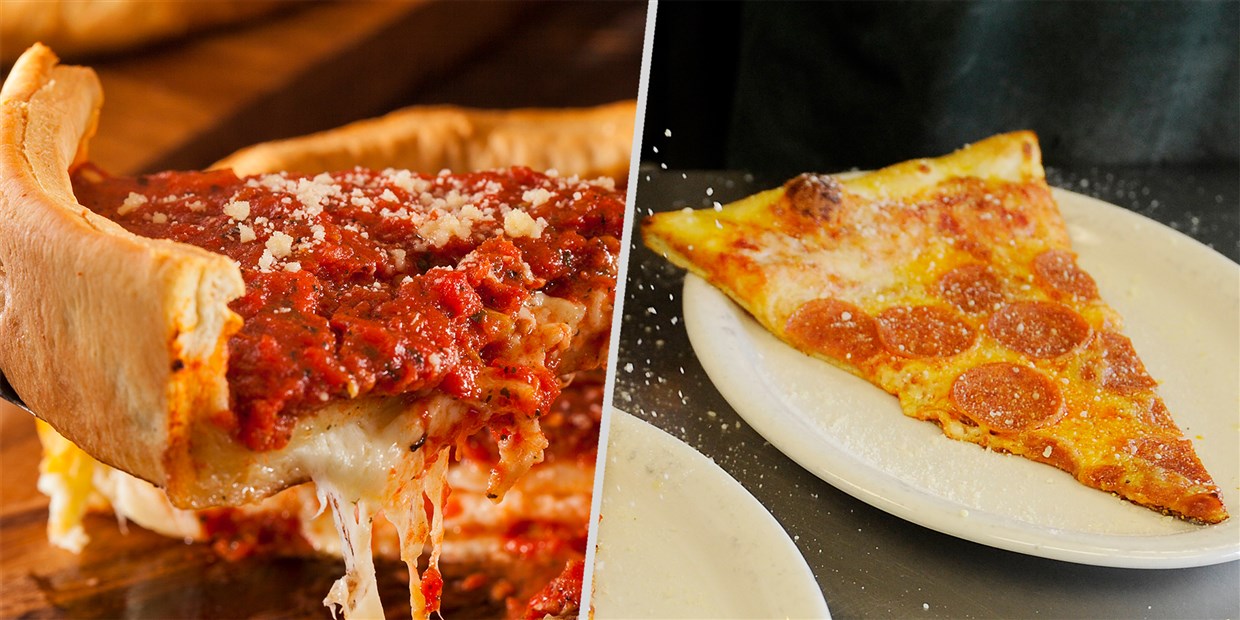
 Italian4 years ago
Italian4 years agoNew York vs Chicago Pizza
-
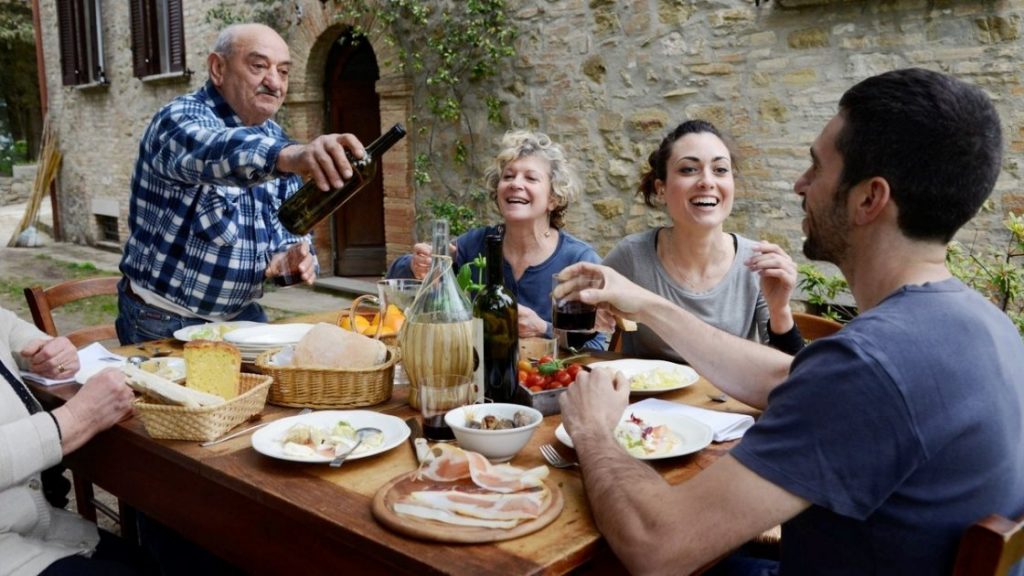
 Heritage4 years ago
Heritage4 years agoItalians And Family Values
-

 Italian4 years ago
Italian4 years agoTop 9 Popular Italian Pastries
-
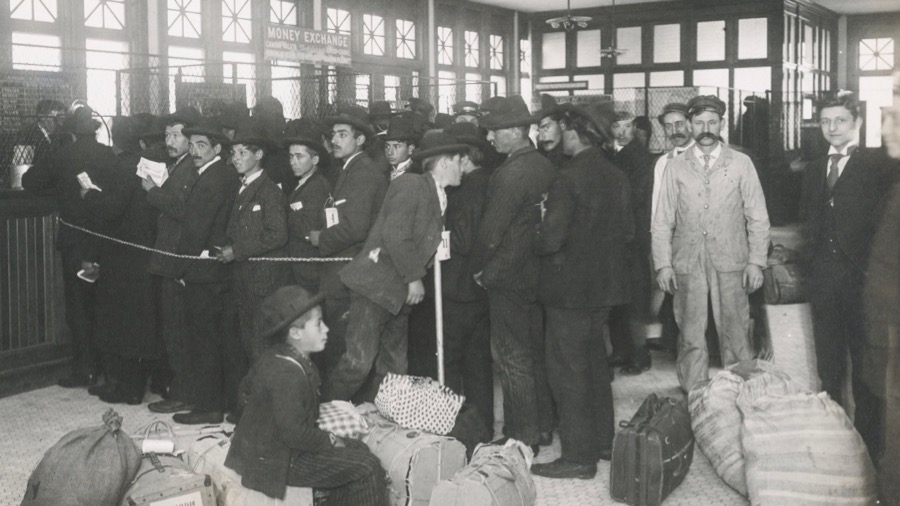
 Heritage4 years ago
Heritage4 years agoEllis Island Italian Americans
-
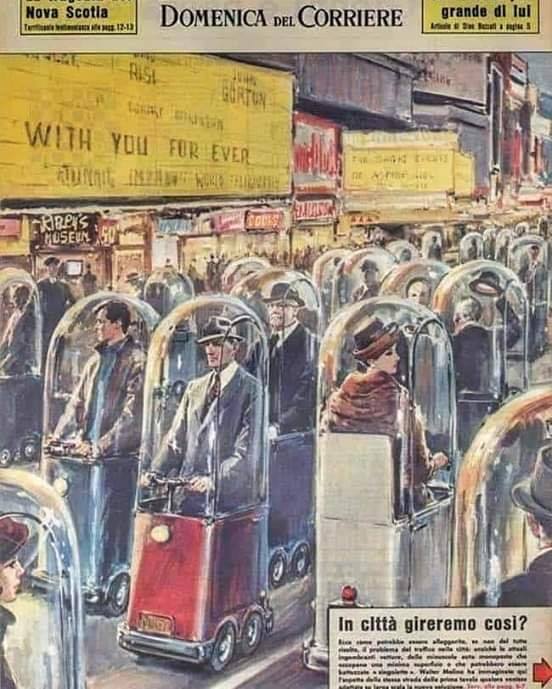
 Italian4 years ago
Italian4 years agoIn 1962, an Italian magazine carried a story on how the world will look in 2022. Is it Real???
-
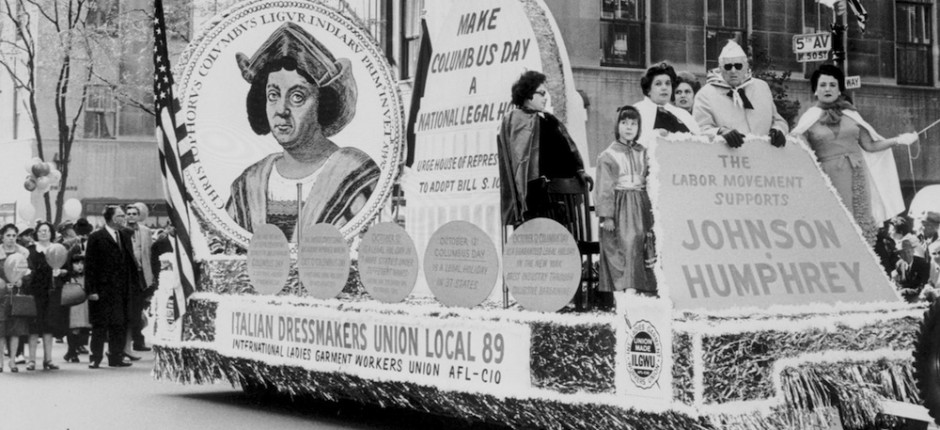
 Heritage4 years ago
Heritage4 years agoColumbus and the Legacy of Italian Americans






